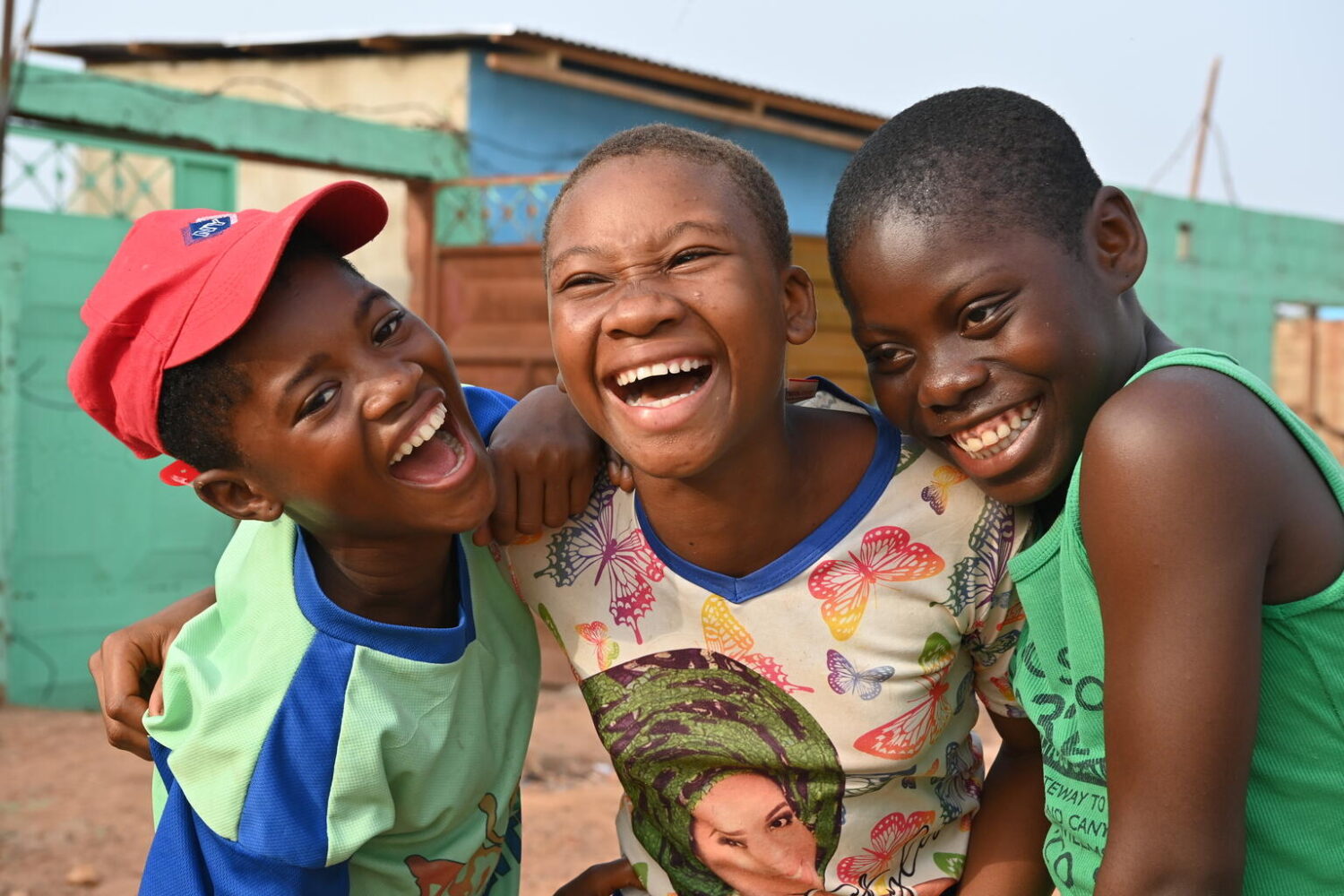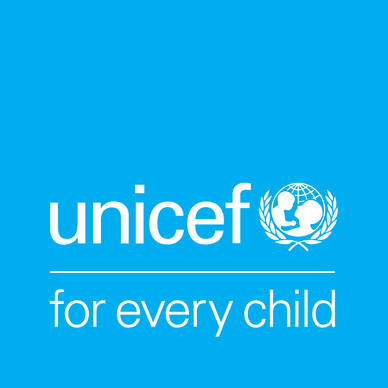
Children and Disasters: Understanding impact and enabling agency
Children are highly vulnerable to disasters, in part because of their particular stage of physiological and social development. Powerful forces of nature such as earthquakes, cyclones and tsunamis can have serious immediate and long-term impacts on human health, property and livelihoods, which can have devastating consequences for children and their future life. Where children and their families are already vulnerable, for example because of low income, poor housing, or high population density, the impact of these sudden events is more severe.
This report contributes to building an improved understanding of 1) how different intensities of disaster affect children in different contexts and 2) the structures needed to realise the benefits of engaging children as active citizens and agents of change at the sub-national and local scale. This improved knowledge is vital in order to ensure that development and risk reduction programmes address children’s specific vulnerabilities and bolster their resilience to the increasing number of disasters.
The research shows that disasters continue to hinder progress in child welfare and development, despite global efforts to meet the Millennium Development Goals and to respond better to the growing number of emergencies.
In its analysis of trends in the impacts of disasters on child welfare, the report differentiates between high impact disasters (intensive), often referred to as ‘emergencies’, and those lower impact events that are persistent and widespread (extensive) but represent a significant yet largely unrecognised component of disaster impacts and costs.

